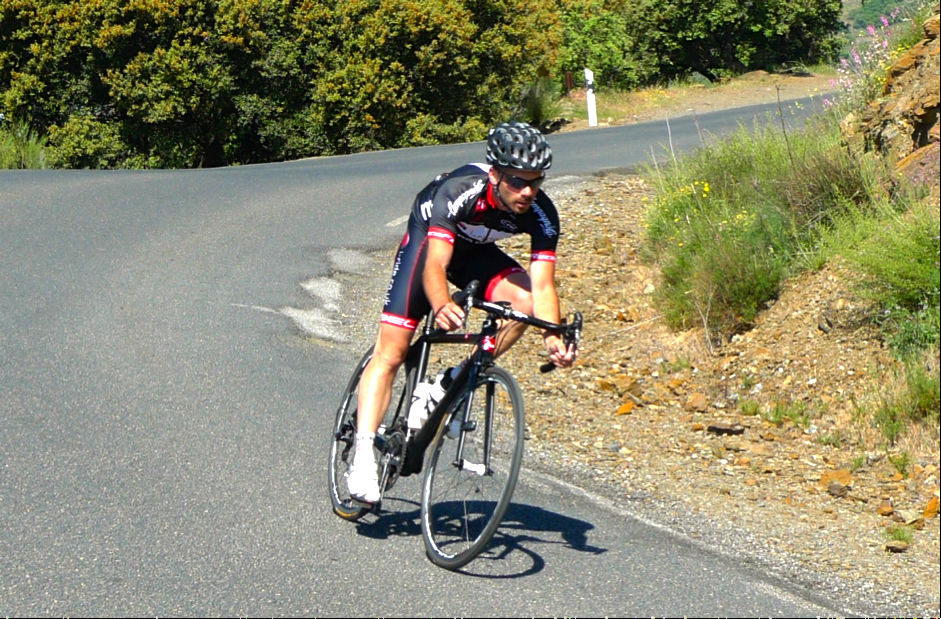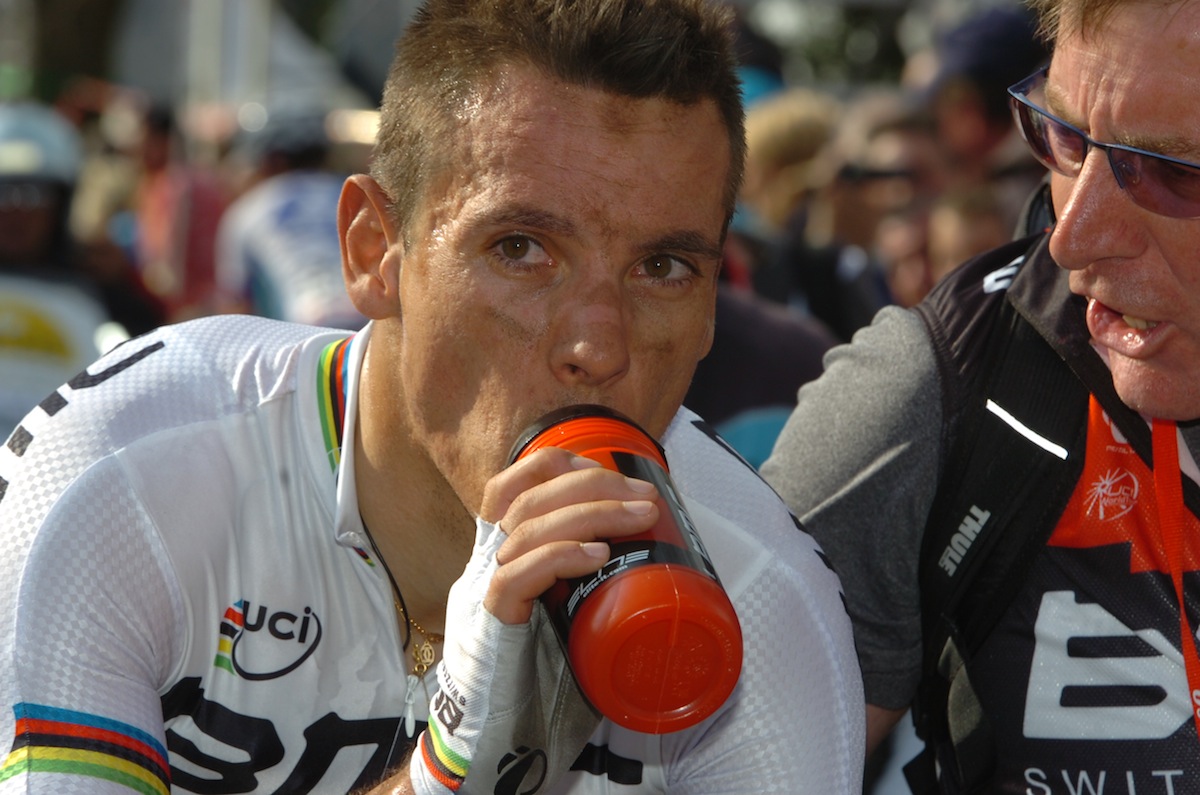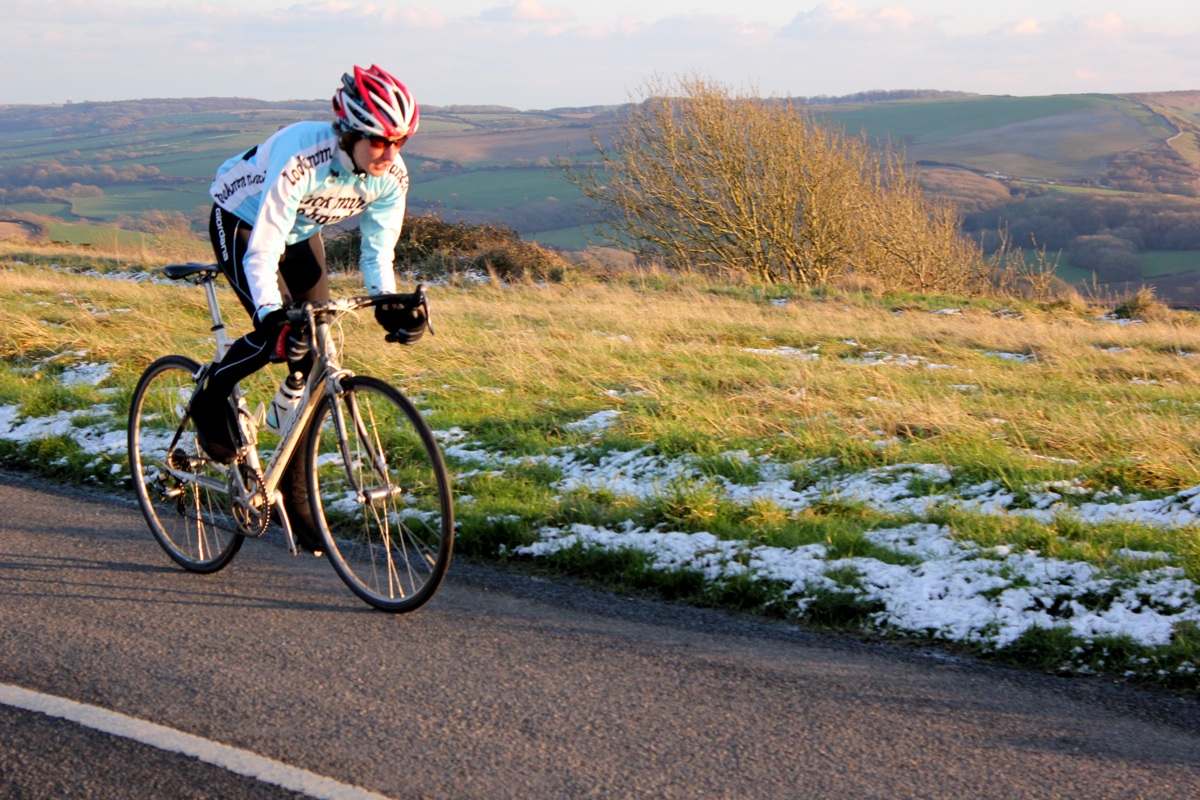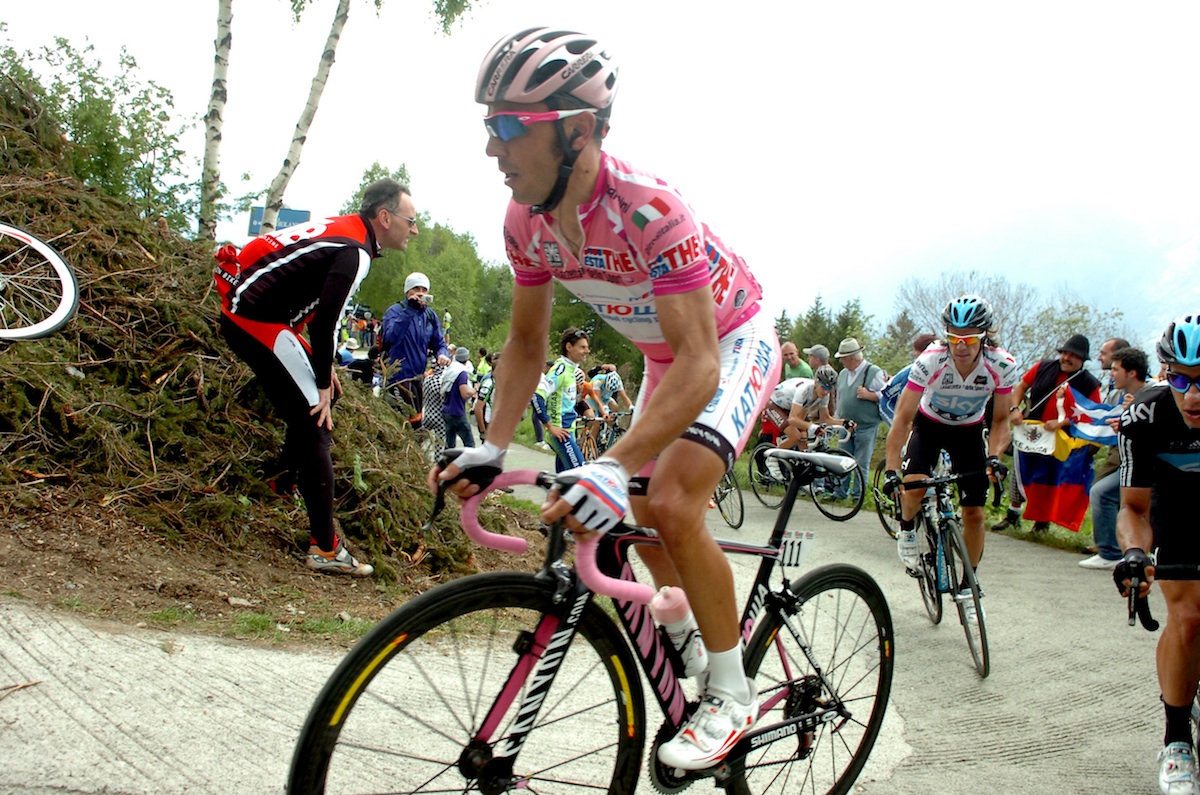As we hit the heart of the sportive season, it’s time to put into action everything you have been working on over the past few months.
Any test event offers an exciting opportunity to try out your fitness and see how you can apply your cycling skills for the best result. Once you are on that start line there is no point in worrying about what you could or should have done more of; what’s important is to focus on what you are aiming to achieve and how you are going to do it.
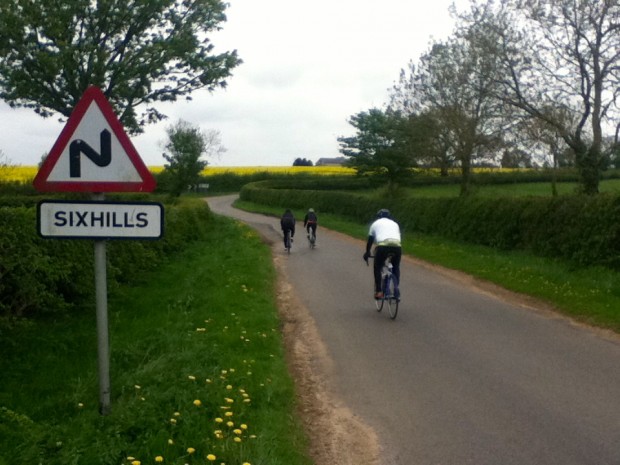
Goals within a goal
During the week approaching your event, make a sensible evaluation of where you are in relation to ‘race day’. How confident are you of completing the distance and covering the terrain, and how much do you expect it to take out of you to get round?
If you have been preparing progressively you will know whether the distance is comfortably in reach or still a bit beyond what you have managed so far. Consider how long it might take you. Hours in the saddle are probably a more useful guide to knowing how to tackle your day’s ride, so use your average speeds to gauge an estimated finishing time. Take into account the terrain and conditions forecast, and factor in the climbing, in particular.
The less confident you are about covering the distance of the event, the more conservative you have to be about your ride. The more confident you are about the distance, the more you can look to manage the intensity to get round in the quickest possible time.
Monitoring intensity
Most important in my view in a big day out is having some kind of personal measure, the simplest of which being a heart rate monitor. It doesn’t matter how fit you are: if you are working too hard, you will run out of steam, so know where your training zones are, and don’t expect to be able to work at threshold and above for three or four hours. Be realistic and be guided by your own body. Optimism and excitement can be deceptive, but there is nothing quite like glancing down at your HRM to see it flashing and beeping to sober you up to the fact that you are working beyond your sustainable limits.
Beware the bonk
If you have never ‘bonked’ you are lucky, but the mind testing, body sapping psychological hell of running on empty is not something that you want to experience on any ride, let alone on any of your big goal rides of the season. Choose when to spend your efforts wisely and have a fuelling strategy that will keep your blood glucose topped up, and spare your glycogen stores for as long as possible.
Pacing and profile
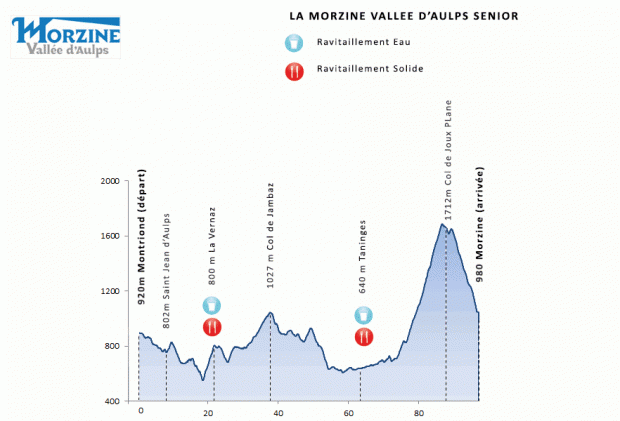
The more you know about the shape and profile of the course before your start, the better. One of the beauties of an organised ride is that a well signed route with feed stations will give you the reassurance and support that you need all the way round. However, to get your pacing right it’s valuable to know where you will find the most challenging sections, and to give yourself some mental markers to break up your day. It’s also worth considering the technical aspects of the route, taking in to consideration corners, descents and the types of climb you will encounter. Knowing where these sections occur will help you keep in mind the various techniques you have been working on when you reach the relevant stretch of road. Not only will this maximise your gains in time, but it will keep you focused throughout what can be a long day, breaking it up into manageable chunks that are easier to swallow.
To follow or not to follow, that is the question
Probably one of the most common dilemmas when riding a sportive is to know when to stay with a group or another rider and when to go solo. As discussed earlier in this series, sometimes it is prudent to put in an extra effort for a short period if it will allow you gain the benefits of drafting and to maintain a higher speed for less effort.
This said, it can be all too easy to get drawn into costly battles for wheels that will only sap your energy and leave you short towards the end of your ride. Maintaining a calm and conscious approach to making these decisions will help you to know when and where to hold on, and when it is more prudent to let go.
Staying friends, having fun
Last but by no means least, if you have travelled to a sportive with a buddy, it’s sensible to discuss beforehand whether you intend to stick together or whether it’s a free for all. If you are of similar ability, it can sometimes be wise to support each other round a ride, but equally if part of the fun for you is to hop on whoevers wheel comes past, its best to get this up front at the start. Deciding when and where you will meet up afterwards or where and if you will stop during the ride can reduce this worry and allow you to make the most of your day out.

